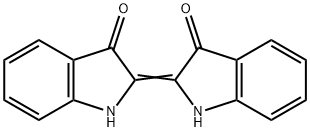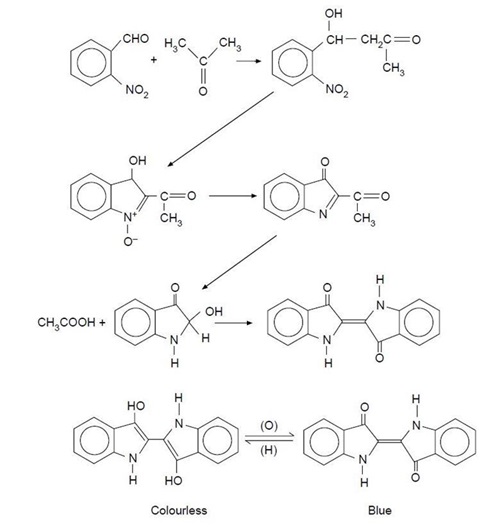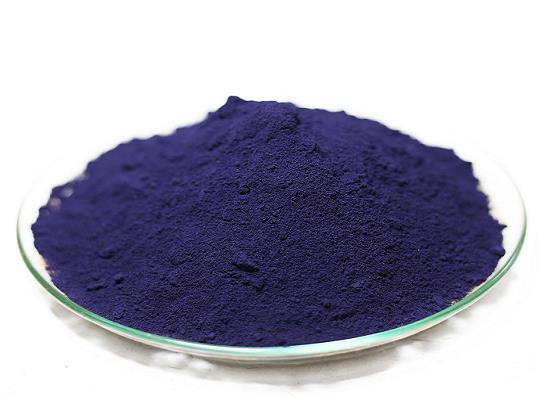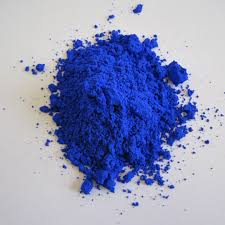Indigo: physicochemical properties, production pathways and biological production
General Description
Indigo is an organic aromatic molecule that requires reduction and removal of oxygen in an alkali environment to produce the leuco form, which can be used for dyeing. It is not naturally present but is derived from natural precursors found in plant species. Indigo can be produced through various pathways, including plant-based production and microbial fermentation. Genetic insights into natural indigo synthesis pathways and advancements in genetic engineering offer opportunities to modify and improve plant-based platforms. Microbial fermentation presents an attractive alternative, providing water savings and innovative dyeing methods. Efforts have been made to enhance indigo production by optimizing and modifying known pathways.
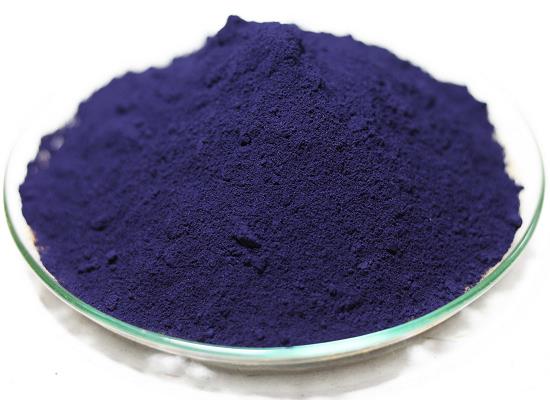
Figure 1. Indigo
Physicochemical properties
Indigo is an organic aromatic molecule with the chemical formula C16H10N2O2. It consists of two indole rings and requires 2 mol of its precursor to produce 1 mol of the dye. Indigo exists in the trans form both in the solid state and in solution, maintained by intramolecular hydrogen bonding between the adjacent amine and ketone groups. This bonding also contributes to its high melting point (390–392 °C) and limited solubility in organic solvents, classifying it as a vat dye. To use indigo as a dye, it needs to be reduced and have oxygen removed in an alkali environment. This results in a soluble, pale yellow leuco form that can be used for dyeing. Upon oxidation, the deep blue tones reappear, and the indigo is oxidized to its insoluble blue form, which precipitates and becomes trapped in textile fibers. The pH conditions during dyeing must be suitable to ensure effective adsorption of the leucoindigo onto cellulose fabric. Indigo is not naturally present but is derived from natural precursors found in plant species. The main precursor is reactive indoxyl, which forms a glucoside called indican in plant leaves. Indoxyl is unstable and dimerizes and oxidizes in the air to form stable indigo. Indole, the derivative of indoxyl, is found in various environmental sources such as plants, soil, sludge, and intestinal tracts. Indole can be produced by certain bacteria through the action of enzymes like tryptophanase on the amino acid tryptophan. Lee and Lee (2010) identified 85 different indole-producing bacteria with relevant enzyme homologues. Overall, understanding the physicochemical properties and natural precursors of indigo is essential for its synthesis and application as a dye. 1
Production pathways
Indigo is a widely used dye that can be produced through various pathways, including plant-based production. Indigo precursors are naturally present in plant material, but traditionally, indigo was produced through fermentation of plant material to convert indigo precursors into solid indigo. While chemical synthesis replaced plant-based production in the past, there is growing interest in revisiting this pathway for sustainable industrial processes. Genetic insights into natural indigo synthesis pathways and advancements in genetic engineering offer opportunities to modify and improve the effectiveness and yield of plant-based platforms. However, large-scale plant-based production faces challenges in terms of land and water requirements, competing with food and feed production. Microbial fermentation presents an attractive alternative, providing water savings and innovative dyeing methods. Start-ups like PILI and Colorifix are exploring microbial platforms for indigo production. In conclusion, while plant-based production of indigo offers sustainability advantages, further optimization is necessary to compete economically with chemical platforms, and microbial fermentation presents an attractive alternative for sustainable and innovative indigo production. 2
Biological production
The biological production of indigo involves the transformation of the indigo precursor, indole, by certain microorganisms. These microorganisms have the ability to degrade or modify indole. The initial investigation of indigo biosynthesis with bacteria was serendipitous, as researchers observed that colonies of Escherichia coli turned blue when expressing the naphthalene dioxygenase (NDO) enzyme system from Pseudomonas putida G7 containing the plasmid NAH7. The key step in the pathway is the oxidation of indole by the NDO enzyme system, resulting in the formation of the direct indigo precursor, indoxyl, which then spontaneously dimerizes to form indigo. Most microorganisms capable of producing indigo are hydrocarbon-degrading bacteria, particularly from the Pseudomonas genus. E. coli has been widely used as the host organism for recombinant oxygenases due to its established use in producing various metabolic products and the presence of native tryptophanase, TnaA. Researchers have identified many indigo-producing oxidoreductases, often through accidental observations of microbial strains exhibiting pink and blue tones when grown with indole. Genome and metagenome mining have also been employed to explore potential enzyme candidates. Indigo biosynthesis can be visually screened from clone libraries due to its distinctive color. Efforts have been made to enhance indigo production by optimizing and modifying known pathways, as the productivity of microbial pathways is currently lower compared to chemical synthesis. Various strategies, such as adding tryptophan or indole to the medium, have been employed to boost indigo bioconversion. 2
Reference
1. Balfour-Paul J. Indigo: From mummies to Blue Jeans. 2011; London: British Museum
2. Linke JA, Rayat A, Ward JM. Production of indigo by recombinant bacteria. Bioresour Bioprocess. 2023; 10(1): 20.
Related articles And Qustion
See also
Lastest Price from Indigo manufacturers

US $10.00/KG2025-04-21
- CAS:
- 482-89-3
- Min. Order:
- 100KG
- Purity:
- 99%
- Supply Ability:
- 100 mt
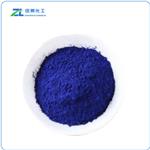
US $79.00-38.00/kg2025-04-21
- CAS:
- 482-89-3
- Min. Order:
- 1kg
- Purity:
- 99%
- Supply Ability:
- 20ton
